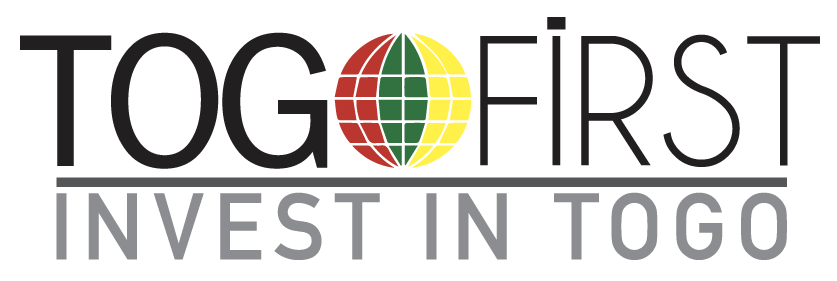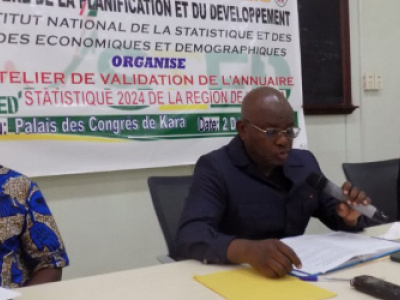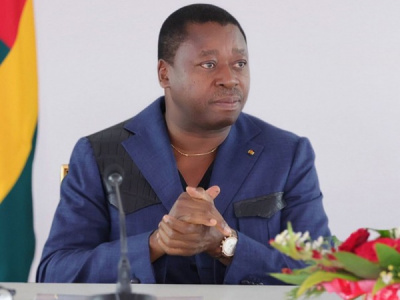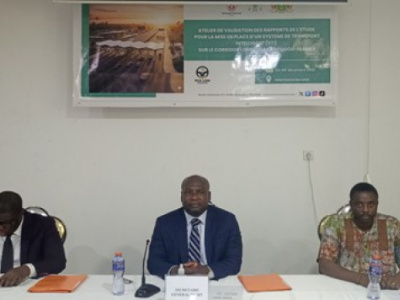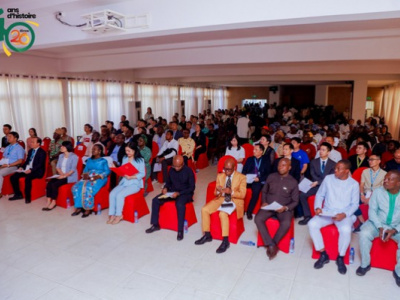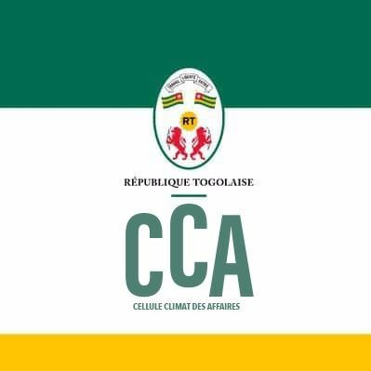“MIFA will push banks to inject more than CFA650 billion into agriculture over 10 years”- Noel Bataka
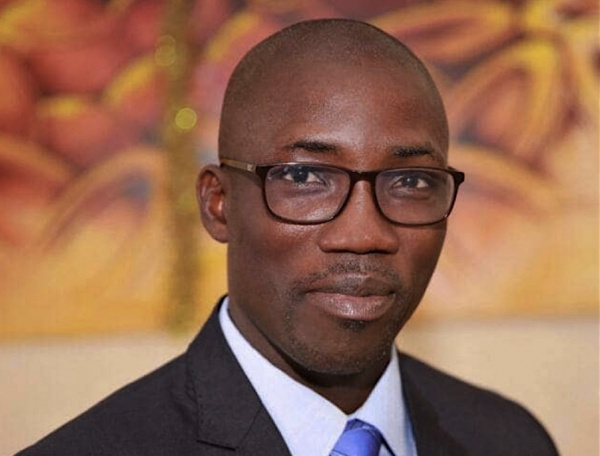
(Togo First) - Launched last June 25th by Faure Gnassingbé, MIFA is one of the flagship projects of the national development plan. Here, Noël Bataka, coordinator of MIFA’s value chains explains the ins-and-outs of this scheme.
Togo First: From scratch, what is MIFA about?
Noël Bataka (NoB) : MIFA stands for Incentive Mechanism for Agricultural Financing. Established on a risk-sharing basis, it is a tool developed by the government to provide concrete solutions to challenges faced by agricultural value chains and their related actors. It aims to structure the market, and organize the various actors of these value chains, enabling them to get funds needed to supply quality products, in quantity, to the structured markets. MIFA provides structural solutions to risks and challenges that actors of agricultural value chains deal with in their activities, both agricultural and financial.
Togo First: How can a farmer or any other actor of the agricultural value chain benefit from MIFA?
NoB : There are four categories of actors. The first, aggregators include entities handling purchase, processing, consumption and commercialization of agricultural products, both in the country and outside. For any person falling under this category and in need of a specific commodity, such as rice, maize or cassava, you must submit the requested volume and technical specifications, then the mechanism will put you in contact with farmers.
Also, if you lack funds to purchase or process products but have solid contracts and guarantees for marketing, sales and supply, MIFA can help you secure these funds from banks.
Similarly, if you are a processor or logistics expert, the mechanism can support you as long as you have a solid contract. In this framework, you must be able to provide proofs of your market, as well as supply and transportation guarantees.
As for farmers, who belong to the third category, the MIFA helps them gather in united groupings, then in cooperatives with a more accurate assessment of their needs in input, labor, agricultural machinery and equipment. This is to help them produce higher quantity and quality goods that aggregators or a market might need. This sales contract is the starting point that the farmers organization needs to respond to demand.
Starting from that moment, farmers will identify service providers for their suppliers who form the fourth category. Input or service provision by the latter will then be directly paid with a loan secured from banks.
Alongside these four groups of actors are insurers. Insurers’ role is to provide a specific product to cover the risk of drought which the sector is currently dealing with. They also cover individual and health risks faced by farmers.
In addition to insurers, there are banks, obviously. Their role is to fund farmers and other actors of the agricultural value chains.
Togo First : … Concretely, what does this support involve ?
NoB : MIFA as I said earlier, finds buyers and market players, put them in contact with farmers and supports the whole chain with regard to loan access.
Moreover, the scheme provides technical support to farmers to help them take the most appropriate technical path towards improving their yields.
Finally, MIFA helps banks identify and characterize needs in the agricultural sector in order to develop the most innovative and appropriate financial products.
Togo First: Regarding financial products, what tools do you intend to develop to boost financing in the agricultural sector?
NoB : The government’s goal is to get banks to dedicate at least 5% of their loan portfolio to the agricultural sector. In 2017, banks and the decentralized financing system dedicated only 0.7% of this portfolio to the sector. To reverse this trend, the mechanism will back intermediaries so that they provide loans as efficiently as possible.
In this framework, an assessment, supported by the mechanism again, will be conducted. It’s a financing tackling specific needs identified by banks. Bankers will be funding business plans and not mere declarations.
Lastly, the financing mechanism operates in a loop, thus preventing misuse of funds. This way, the farmer, processor or logistician can only pay banks for the various purchases and services they invest in, and therefore has no room to use the funds for personal purposes.
Togo First: 100 billion. That’s the amount to be raised in the long term. How do you plan to secure this sum?
NoB : The hundred billion actually is a starting fund. What does this mean in actual fact? It means the State and its partners will create a common basket where both private and public funds will be collected. These resources will help banks, through a lever effect, finance themselves and agriculture via 5%-10% multiplier effects. Providing €100 million (CFA65 billion), as announced by the President on April 27, will push banks to inject up to €1 billion (CFA650 billion) of their own funds, in agriculture, over 10 years.
Togo First: How will the MIFA contribute to the implementation of the national development plan (PND)?
NoB : The second axis of Togo’s national development plan focuses on investments dedicated to processing in the agricultural and manufacturing sectors.
Under this second axis, amongst major projects, there is the creation of agropoles and the MIFA. Our objective is to ensure that the mechanism facilitates access to loans and financing for actors of the agricultural value chains in order to develop manufacturing, production and processing firms through agropoles.
MIFA is a facility created by the State for private economic operators to develop agricultural value chains, as projected under the second axis of the PND.
Togo First: After the pilot stage which focuses on the sectors of rice, maize and cassava, what are the next steps?
NoB: To master the approach and stabilize tools (since the mechanism operates based on contracts and other instruments), starting off with a simple phase is obvious. That is why the pilot stage focuses on only three sectors, knowingly: maize, rice and cassava.
After stabilizing the pilot phase, the mechanism will be expanded to seven other sectors. In crop production, we target sectors like cereals, tubers, roots, oleaginous, legumes. We will also focus on poultry, husbandry, fishery, and most importantly what will generate foreign exchange and help improve our trade balance.
Starting from 2019, the mechanism will focus on growing cash crops like pineapples, coffee, cocoa, cotton, soybeans and cashew.
Interview by Fiacre E. Kakpo
